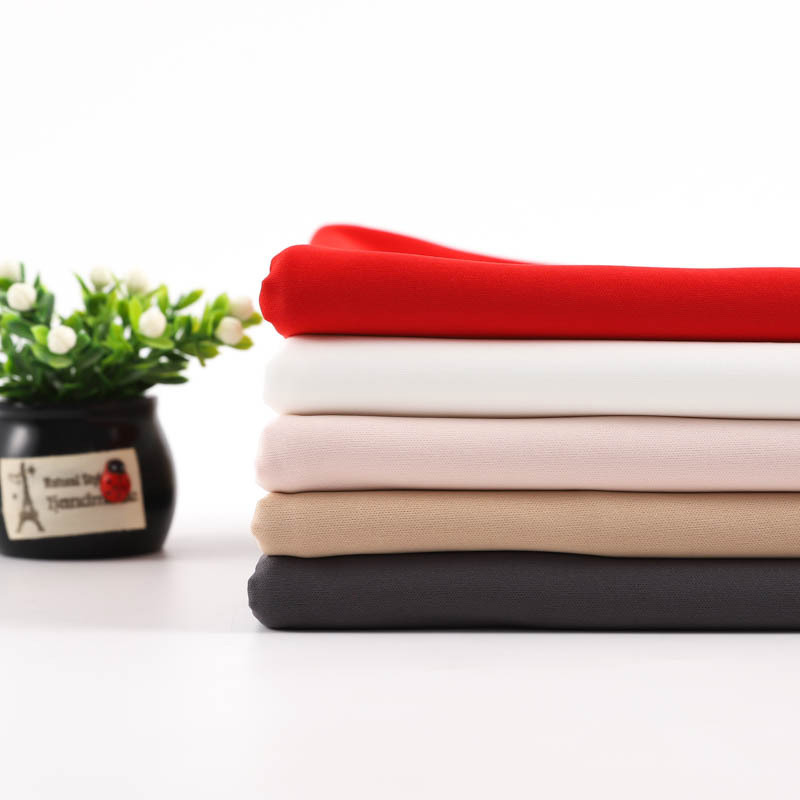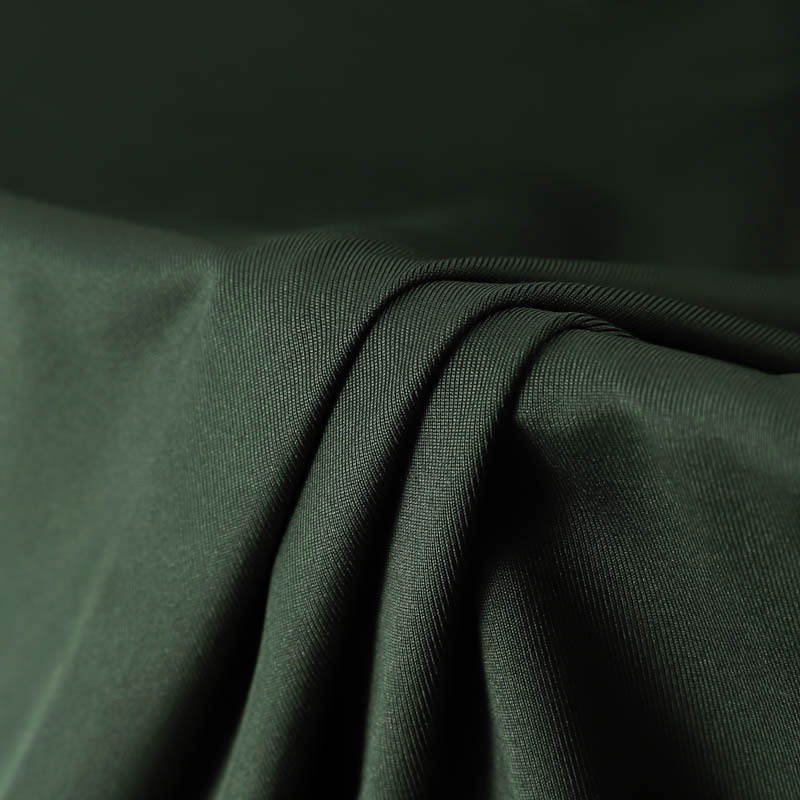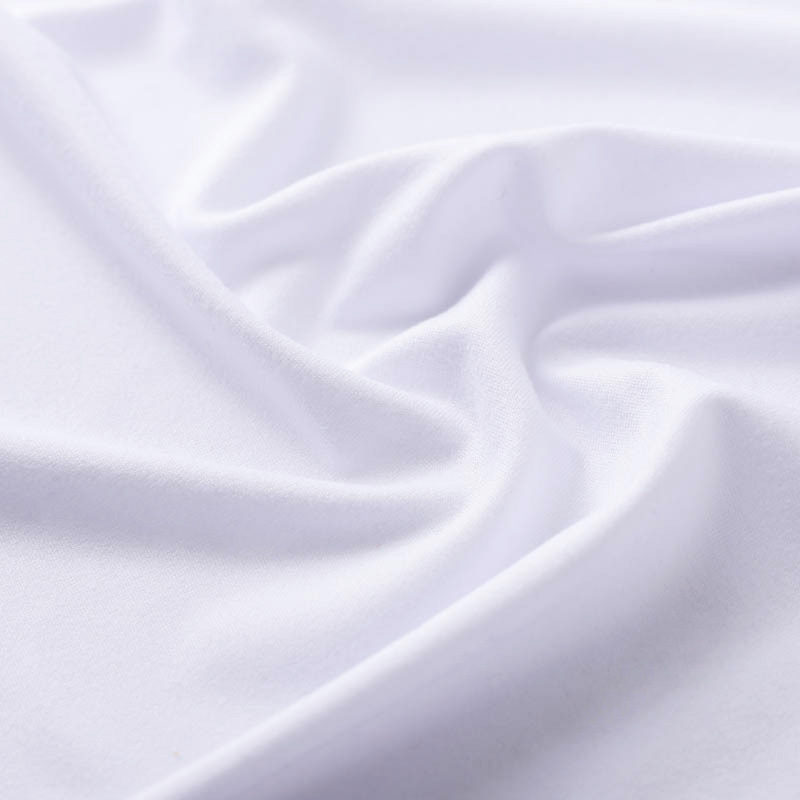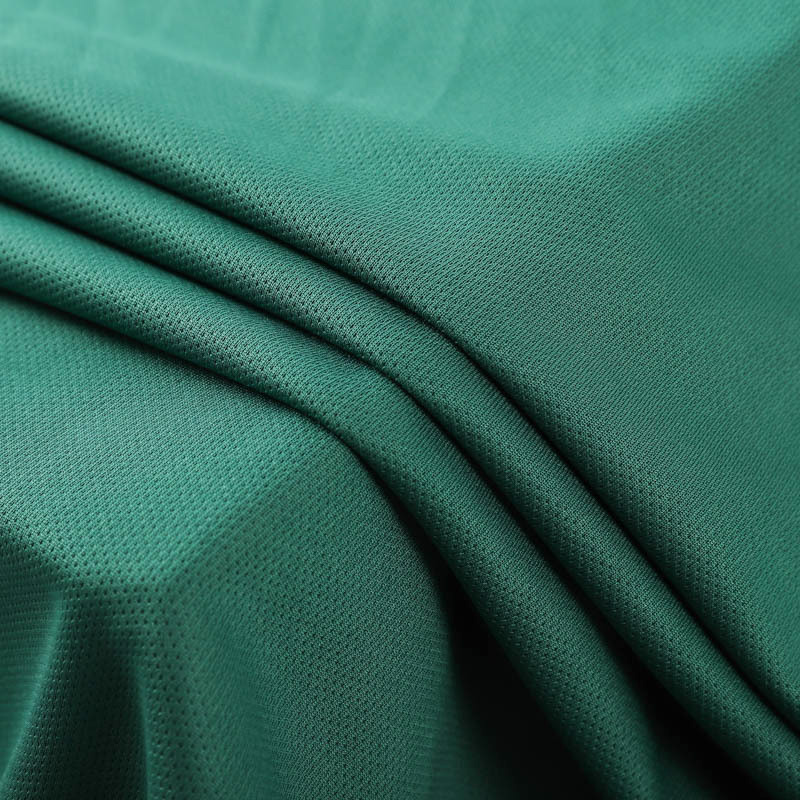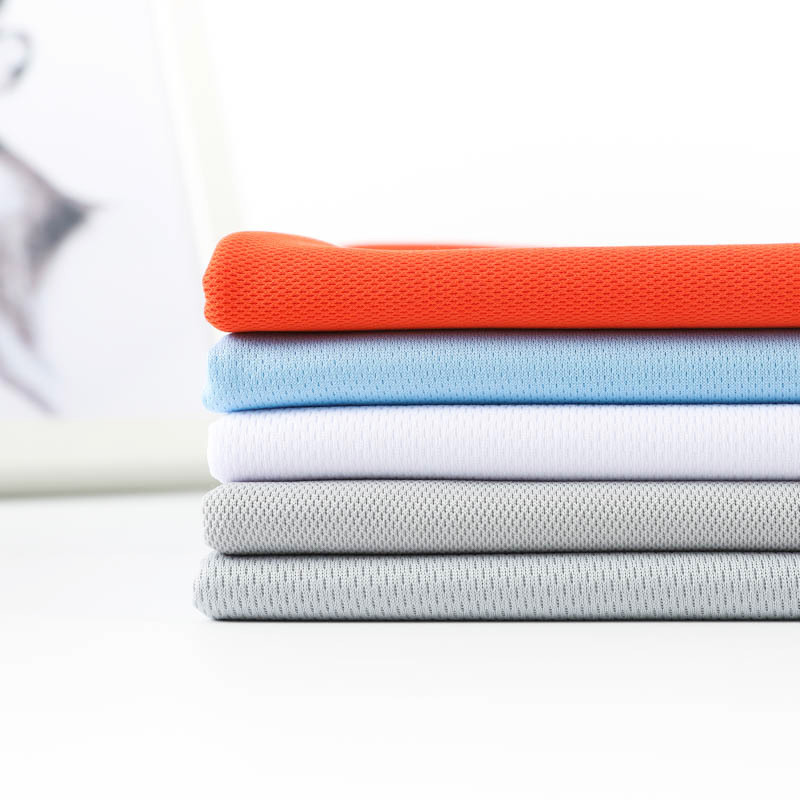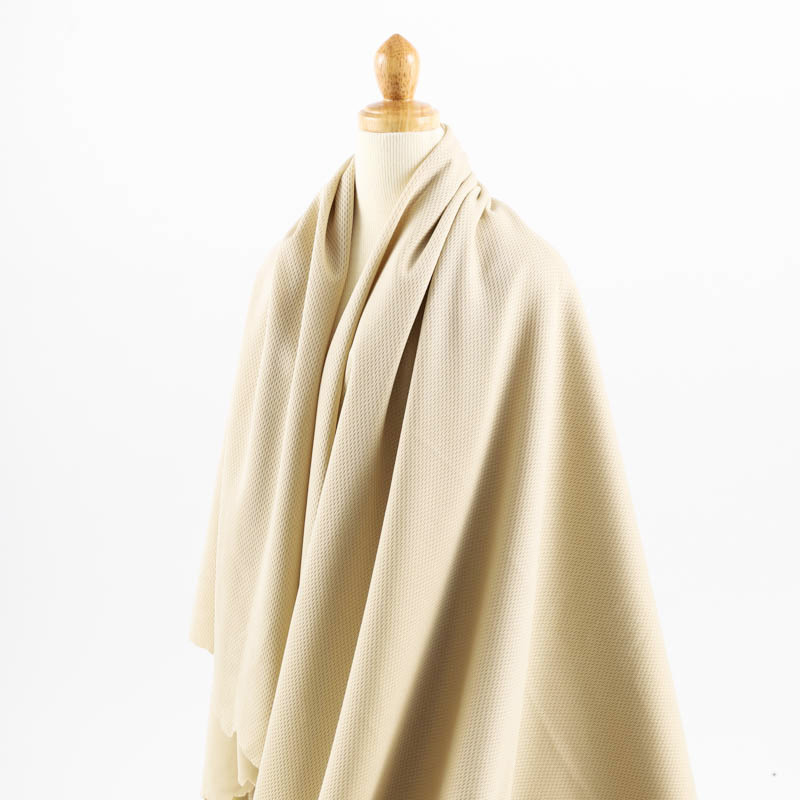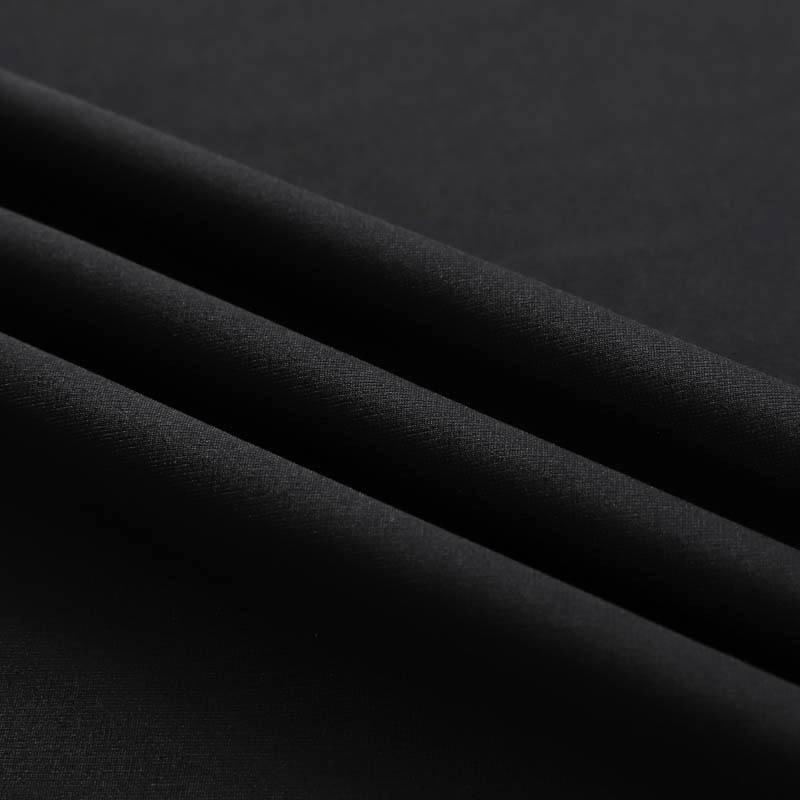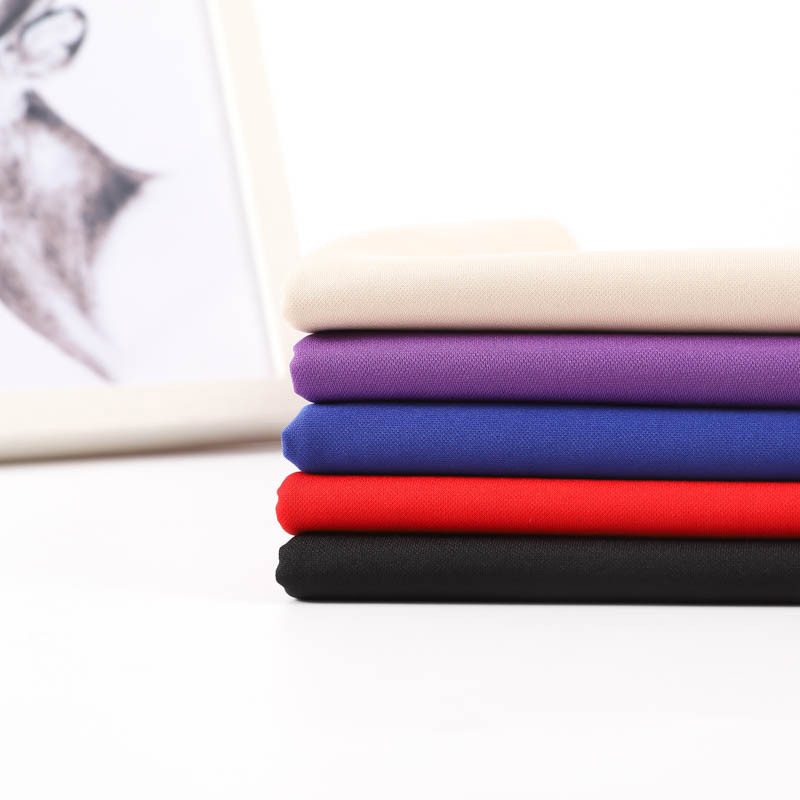In the modern fashion world, irregular fabric is not only an element of design, but also an innovative tool to break the boundaries of traditional design. With its unique texture, form and structure, it helps designers explore new visual languages and create artistic and personalized clothing works. The use of irregular fabric not only brings a breakthrough in form, but also gives fashion works more expressiveness and depth. Especially in the application of high-end fashion, street fashion and sustainable fashion, irregular fabric is rapidly rising and becoming an important force in promoting the development of fashion.
Definition and characteristics of irregular fabric
"Irregular fabric" is not a fixed material, but refers to the irregular forms such as asymmetry, wrinkles, and misaligned splicing of fabrics through unique processing. Unlike traditional fabrics that pursue flatness and symmetry, irregular fabrics often focus on free-flowing lines and forms in design, giving clothing a more flexible and eclectic visual effect.
These fabrics are often processed through special handcrafts, asymmetric cutting, misaligned splicing and other processes to create a unique texture and appearance. Designers can break the conventional aesthetics through irregular fabric and create clothing with personality and artistic sense. This fabric is not only a tool for fashion creation, but also a carrier for expressing creativity and conveying emotions.
Design innovation brought by irregular fabric
Although irregular fabric itself has some "disorderly" characteristics, it is this "imperfection" that makes it have great potential in design innovation. Designers break the rules of symmetry and balance of traditional design through the clever use of irregular fabric, thus creating more vivid and personalized works.
Breaking symmetrical aesthetics: embracing the beauty of imperfection
One of the biggest innovations of irregular fabric is that it breaks the aesthetic constraints of traditional symmetry and regularity. Traditional clothing design relies on symmetrical and balanced composition to shape the beauty of clothing, and the emergence of irregular fabric has promoted the transformation of this aesthetic. Designers push the rules of clothing design to a more free and flexible direction through irregular folds, misaligned splicing, and stacking.
For example, an irregularly designed skirt may have asymmetrical pleats at the hem, or use splicing of different colors and materials to create a "broken" visual effect. This design not only breaks away from the traditional symmetrical framework, but also shows an eclectic, free-flowing aesthetic, making the wearer full of personality and independent spirit.
Create a sense of three-dimensionality and layering
Irregular fabric can create a rich sense of three-dimensionality and layering, which provides a larger space for expression in clothing design. Traditional fabrics are mostly flat fabrics, while the pleats, splicing and asymmetrical design of irregular fabric can make the clothing visually present richer depth and dynamics.
Through irregular fabric, designers can break the limitations of traditional single-plane design and make every part of the clothing full of layers and three-dimensionality. For example, a coat designed with irregular fabric may add staggered pleats to the shoulders, chest or hem to create different layers of effects. This layering makes the clothing not only dynamic, but also gives the wearer a stronger visual presence.
Innovative combination of material and structure
The combination of material and structure of irregular fabric gives clothing a unique visual and tactile experience. Designers can not only show the contrast effect of different textures by splicing and combining fabrics of different materials, but also create a strong artistic expression through special processing.
For example, designers may combine soft cotton with stiff leather, and through irregular splicing and cutting, make the clothing both comfortable and visually impactful. At the same time, special processing methods, such as irregular printing and dyeing, embossing, embroidery and other processes, also make these fabrics present a variety of complex effects, enhancing the expressiveness of clothing.
Practical application of irregular fabric in the fashion industry
Irregular fabric is not only a creative tool for designers, it has been widely used in different fashion fields and has become a core element to promote fashion innovation and trend development. Whether in the field of high-end custom fashion, street fashion or sustainable fashion, irregular fabric is playing a huge role.
Haute couture: the artistic charm of irregular fabric
Irregular fabric has been widely used in haute couture. As the most creative and artistic field in the fashion industry, haute couture requires designers to turn each piece into a work of art, and irregular fabric just provides a possibility for this demand.
These designers use the variability of irregular fabric to break through the flat limitations of traditional fabrics, making each piece of work present a three-dimensional sense and personalized characteristics. Especially in the design of some haute couture evening gowns or wedding dresses, the application of irregular fabric makes each piece of clothing unique, with strong personality and artistic value.
Street fashion: personalized cultural expression
Irregular fabric has also been widely used in street fashion, especially some avant-garde street brands, such as **Off-White**, **Vetements**, **Balenciaga**, etc., frequently use irregular fabric to create impactful street items. These brands show the rebellious spirit and independent thinking of street culture through irregular design elements such as misaligned splicing, damaged effects, exaggerated pleats, etc.
Street fashion emphasizes individuality and self-expression, and irregular fabric provides designers with unlimited creative possibilities. Through this fabric, designers can freely break through the boundaries of traditional design and create street fashion items that are both artistic and practical. Wearing these irregularly designed clothes, the wearer can not only show their personality, but also convey their independent stance and aesthetic concepts to the world through fashion.
Sustainable fashion: combination of environmental protection and innovation
Irregular fabric has also been used in the field of sustainable fashion. With the improvement of environmental awareness, more and more designers have begun to pay attention to how to use waste fabrics, recycled materials and natural fibers to create creative fashion works. The production process and material selection of irregular fabric just meet the needs of sustainable fashion. Through innovative design, the traditional waste materials and irregular design are cleverly combined, which not only reduces waste, but also gives the work a unique artistry.
Designers not only solve environmental problems by recycling old clothes and reusing waste materials to make irregular fabrics, but also bring new ideas to traditional fashion. This combination of environmental protection and innovation not only meets consumers' demand for fashion, but also promotes the development of sustainable fashion.



 English
English  中文简体
中文简体 